City guide:Zhenjiang
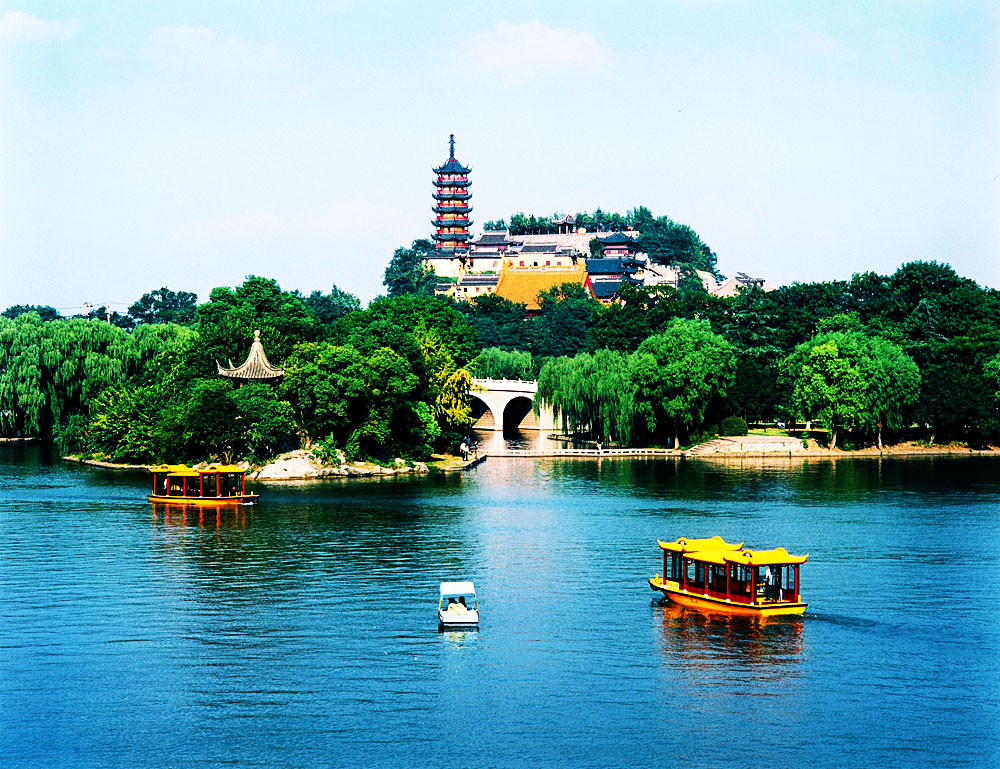
| 1. General introduction | 2. Transportation |
| Location & population | Railway |
| Climate | Air |
| 3. Education & Health care | 4. Recreation |
| International Schools | Shopping |
| Hospitals | Nightlife |
| Cuisine | |
| Attractions |
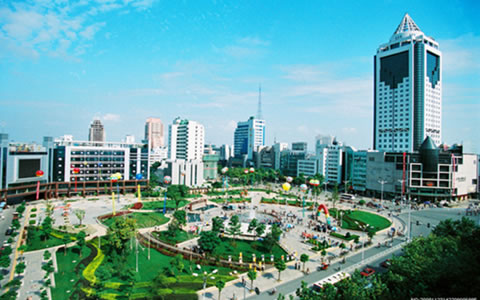
1. General introduction
Zhenjiang is a prefecture-level city of Jiangsu province, People's Republic of China.
The city was once the provincial capital of Jiangsu province during the rule of the
Republic of China. With a rich heritage of culture and art, the city is often associated
with many of the fascinating folk mythologies in Chinese history. In 1986, the city
became one of the well-known historic and cultural cities in China.
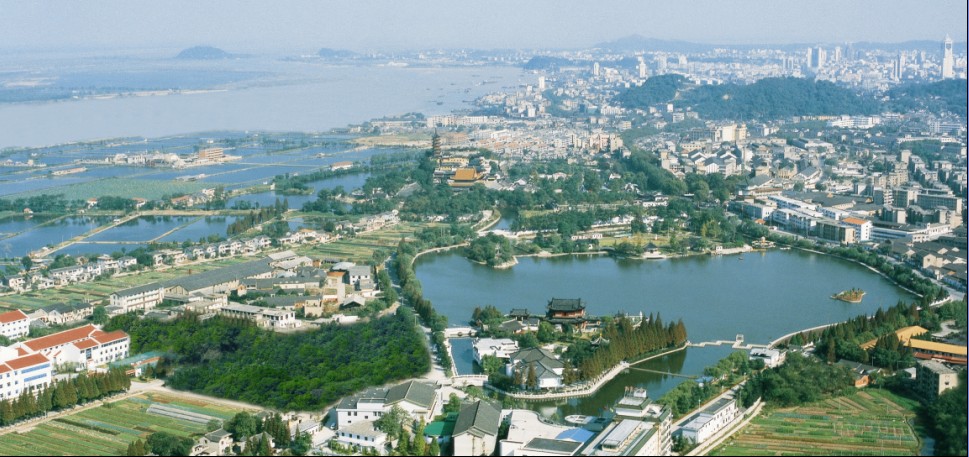
Location & population
Zhenjiang, referring to the"Garrison of the River" in Mandarin, is a city with a history
of 2,500 years. The city was once the provincial capital during the rule of the Republic
of China.
Sitting on the southern bank of Yangtze River, Zhenjiang borders Nanjing on the
west and Changzhou on the east, and faces Yangzhou and Taizhou across the
Yangtze River.
Water resource is a major natural resource and it includes more than 60 rivers/canals
with a total length of 700 km. The Yangtze River and the Grand Canal are two key
bodies of water passing through the city, with 103 km and 43 km in length,
respectively. Other natural resources include minerals such as copper, iron, zinc,
lend, silver, etc.
Zhenjiang jurisdiction has a population of 2.67 millions and owns a land mass
of 3,847 square kilometers , including 1,082 square kilometers for Zhenjiang municipality.
Climate
Zhenjiang is controlled by the subtropical monsoon climate so that it has four
distinct seasons. The summer time is muggy due to the hot weather and plenty of
rainfall, as well as the winter is chill and humid. Usually, the plum rainy season
happens from the middle of June to the July when it is also the hottest time
throughout a year.
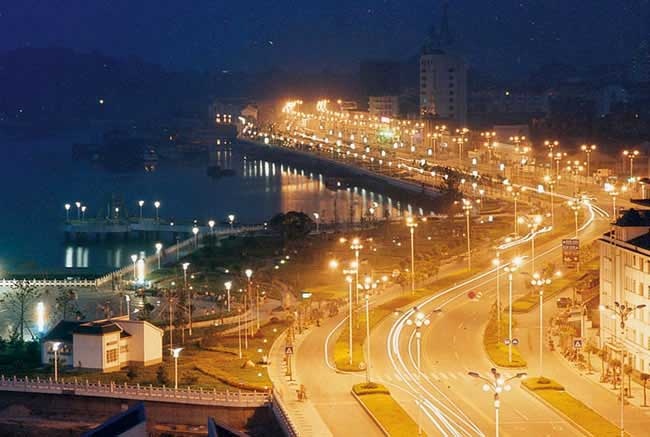
Economy & industry
Zhenjiang was traditionally considered an agricultural land but this farming sector
has been in shrinking over years. Now its revenue only occupies about 4 % of the
city's total GDP. The agricultural products mainly include rice, wheat, cotton, mulberry
and fruit.
Zhenjiang industrial sectors, occupying 60% of the city total GDP, are in a good
shape of vast expansion, 15-20% increasing annually. Major industrial sectors include
chemicals and manufacture, electro-mechanical, high-tech, bio-technology, new
material, etc. Construction sector is stably increasing each year. Today, Zhenjiang
has also been recognized as one of the fast growing economies in the Yangtze
River Delta Region and new investments continues in an ascending trend.
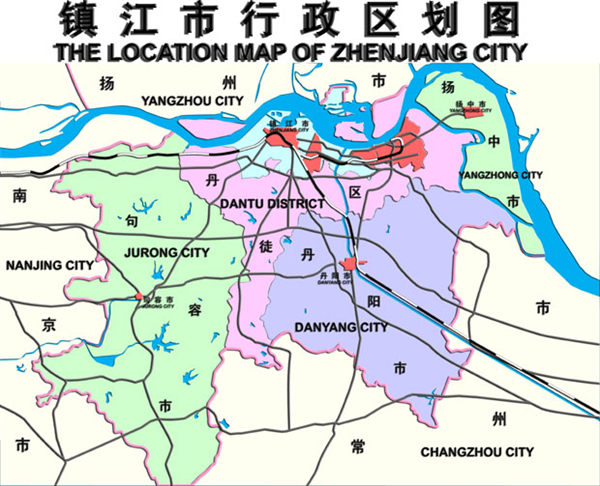
2. Transportation
Zhenjiang is located between two major metropolises, Nanjing and Shanghai,
and all road traffics connecting two cities pass the city. The railway, Jinghu Railway
(Beijing-Nanjing-Shanghai), passes the city and Zhenjiang Railway Station is among
the busiest passenger stations in Jiangsu, having 139 trains stopping daily. T-Trains
take only 45 min to Nanjing and an hour and a half to Shanghai. Huning
(Shanghai-Nanjing) Expressway is a major road transportation artery, connecting
Shanghai and Nanjing and other cities between them, including Zhenjiang.
Railway
Zhenjiang boasts the advantage of excellent railway transportation. Nearly every
train running along the Shanghai-Nanjing rail line stops at the Zhenjiang Railway
Station. There are also trains from Zhenjiang to Shanghai, Tianjin, and Wenzhou.
Inquiry Tel: 0511-85351222
Shanghai-Zhenjiang: The whole trip takes about 1.5 hours by CHR and 2-5 hours
by other express and local trains.
Yangzhou-Zhenjiang: Generally the train will depart in the morning, needing 2
hours for the whole trip.
Suzhou-Zhenjiang: The trip takes 1 hour and 5 minutes by CHR , 1 hour and 10
minutes By CHR and about 1.5 hours-2.5 hours by special express; other trains are
slower and have to stop at Wuxi and Changzhou station.
Nanjing-Zhenjiang: The trip takes a half hour by CHR; it takes about 1 hour by
the other trains.
Air
Since there is no airport in Zhenjiang, visitors have to transfer from nearby airports,
such as Nanjing Lukou International Airport and Changzhou Benniu Airport. There is a
shuttle bus to Nanjing Lukou International Airport, which leaves twice a day.
Departure time: 9:00 and 14:30.
Depature location: Zhenjiang Tiegongshui Joint Ticket Office. The shuttle bus will
return at 13: 00, 14:30 and 18:30. Fare: 55 yuan.
Another bus departs from Yangzhou at 13:00, passes Zhenjiang at 14:15, Danyang
at 15:40 and then heads straight to Changzhou Airport.
Taking a taxi from the airport to Zhenjiang takes about 100 yuan.
3. Education & Health care
International Schools
Zhenjiang Maple leaf international school
Maple Leaf International School-Zhenjiang is a part of the Maple LeafEducational
Systems located in Jinshitan National Resort in Jinzhou District, Dalian, China, providing
the British Columbia (BC) high school program from grade ten to grade twelve.
Maple Leaf accepts both domestic students and international students. Students are
registered as British Columbia students and write the same Grade 10, 11 and 12 BC
examinations as resident students in BC and graduate with the same BC Ministry of
Education transcripts and graduation (Dogwood) diploma as resident students in BC.
The grade 10-12 courses, with the exception of Mandarin and Chinese social studies,
are taught by British Columbia certified teachers.
Address: No.127, South Yinshan Rd.
Tele: 0511-81989999
Fax: 0511-81989786
Hospitals
Zhenjiang First People’s Hospital
Zhenjiang First People's Hospital, also known as University Affiliated People's Hospital
of Jiangsu, was founded in 1922, the former American Presbyterian Christian Hospital,
after nearly 90 years of development, has now become a set of health, education, science,
defense, etc. featured three A-level general hospitals, is the Second Military Medical
University, Nanjing Medical University Teaching Hospital, is designated the Taiwan
compatriots and foreign guests visiting the hospital. More than 1660 employees, of
whom nearly 1,300 health technicians, more than 260 senior, master, doctoral, 12,
master and doctoral tutor 28. More than 60 clinical medical departments, the actual
opening of more than 1,000 beds sheets. Completed in 2010 patients with 1.3 million
out-patient clinic visits, 32,600 people discharged patients.
Address: No.8, Dianli Rd.
Tele: 0511-85231018
Fax: 0511-85234387
4. Recreation
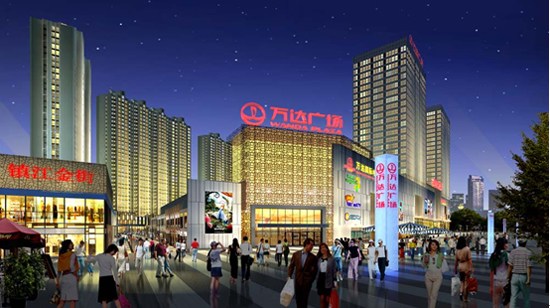
Shopping
Many Chinese are familiar with the famous Zhenjiang vinegar, because it is the first
choice to use when cooking. If you have an opportunity to visit Zhenjiang, remember
to take home some authentic vinegar. Zhenjiang is also famous for its handiwork, and
if you travel to Zhenjiang, the table screen made of white marble is a recommended
souvenir.
Special Product
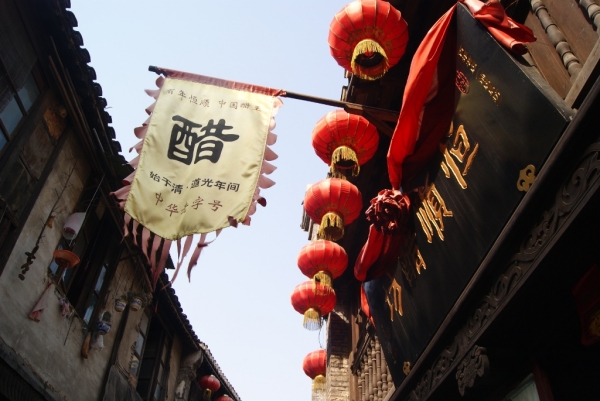
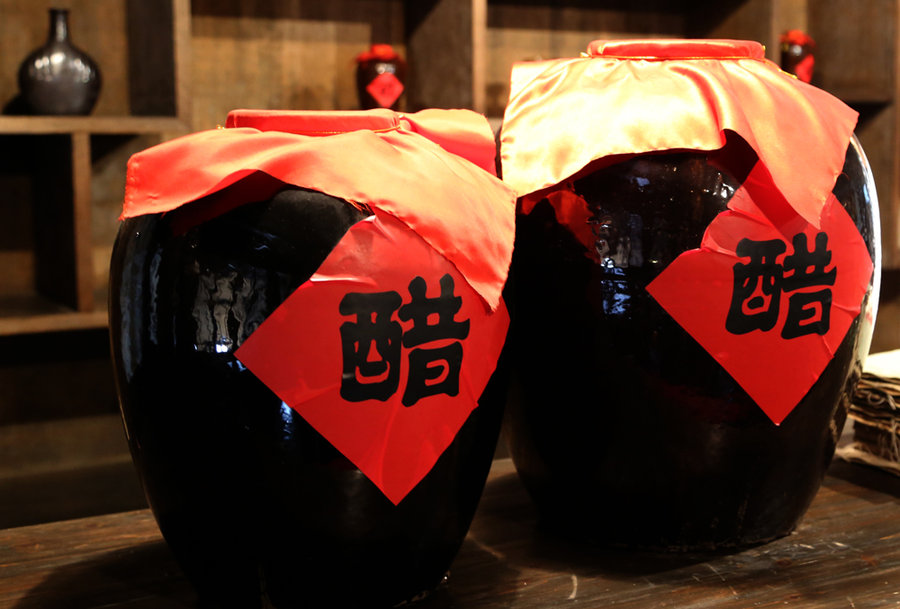
Vinegar
When talking about the local snacks of Zhenjiang, most people think of the famous
Zhenjiang Balsamic Vinegar, which has a history of more than 130 years. With its color,
acidic taste, and sweet smell, Zhenjiang Balsamic Vinegar is famous in both China and
abroad. Making Zhenjiang Balsamic Vinegar requires a unique geographical environment
and exquisite skills. The main ingredients are good glutinous rice and Acetic Bacteria.
The vinegar is made in three basic steps: classification, fermentation, and filtering the
special solution, these steps are divided into more than 40 working procedures, all of
which take more than 70 days to complete. After a storage period, the vinegar is
put on sale.
Chinese name: 镇江醋 Zhenjiang Cu/ zhnng-jyang tswoo /
Place to Buy:
Hengshun Vinegar Factory 恒顺酱醋厂
Address: 84 Zhongshan West Road 镇江市中山西路84号
Transportation: Take city bus No. 1, 2, 4, or 10 and take off at Hengshun Vinegar
Factory Station (恒顺酱醋厂站).
Souvenir

Zhenjiang Table Screen
The Zhenjiang Table Screen is made of quality white marble, and is famous for its
exquisite processing techniques. The making of the table screen requires many
procedures. First, artisans select the marble and slice them into different shapes.
Then, they paint different images on those slices. Last, they adorn the slices with
exquisite wooden seat frames. Most of the paintings are of landscapes, birds, flowers,
and scenes from human life. A hall decorated with such a table screen is elegant and posh.
Chinese name: 汉白玉大理石 Haibaiyu Dalishi / han-beye-yoo da-lee-shuh
Place to Buy: Evening Street 夜市街
Address: South Gate Street 南门大街
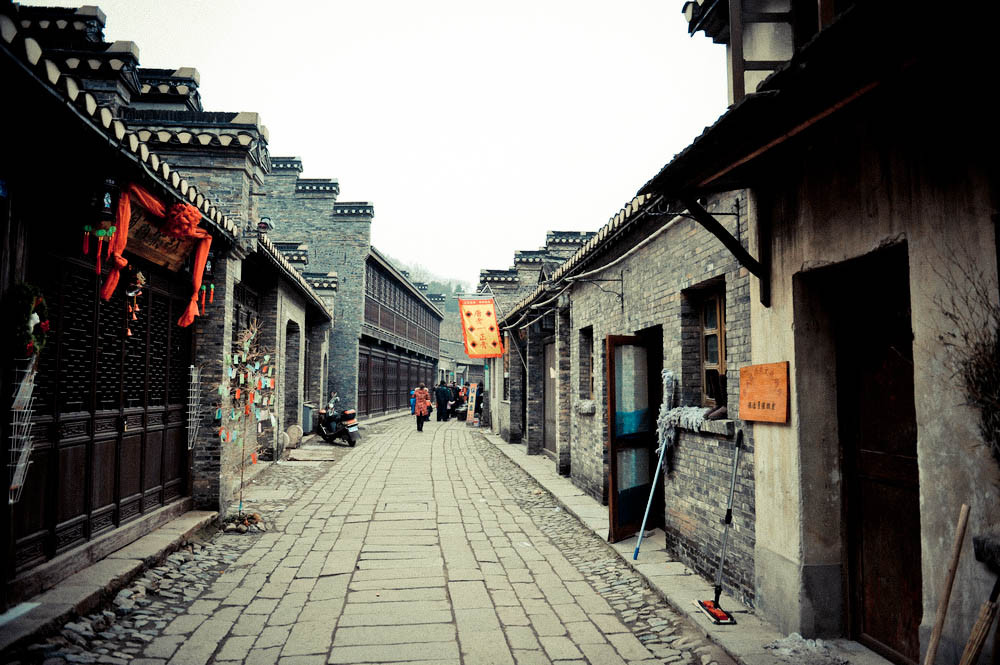
Some Characteristic Streets in Zhenjiang
The Shopping Street is located on East Zhongshan Road (中山东路) which is near the
Dajingkou (大京口). Tourists can take city bus line 4, 5, 104 to get there. In addition,
tourists can also go to the Night Market on South Gate Street (南门大街), Farm Product
Market in Jingkouzha (京口闸农贸市场), the Antique Market near 53 Street (五十三坡
古董市场), the Culture Street in the Xijindu (西津渡文化街)and the Flower and Bird
Market in Linyin Road (林隐路花鸟市场).
Major Shopping Malls
1. Yaohan
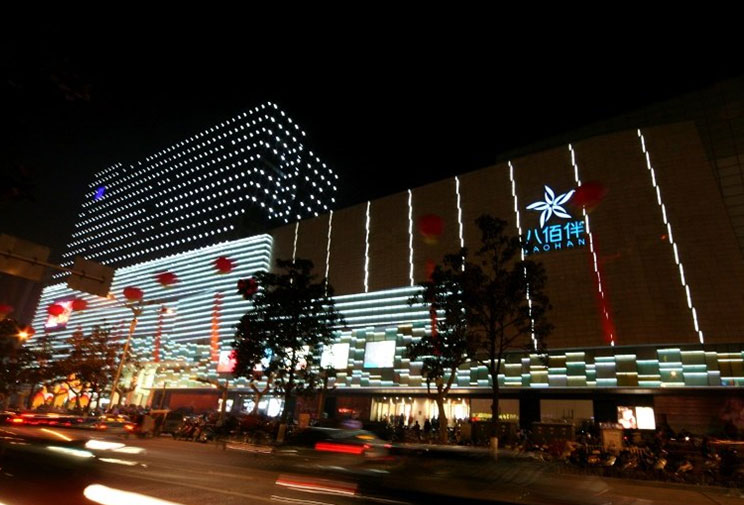
You can buy many brand goods here like clothes, watches, shoes, glasses, jewelries,
cosmetics and so on.
Chinese name: 八佰伴 Babaiban
Address: 288 Zho ngshan Road (East) 中山东路288号
Open: 8am–9pm
Transportation: Take city bus No. 11, 10, 15, 19, or 133 and take off at Dashikou West
Station (大市口西站).
2. Parkson
It is the chain store in China, where you can buy many brand goods here like clothes,
watches, shoes, glasses, jewelries, cosmetics and so on.
Chinese name: 百盛商城 Baisheng Shangcheng
Address: 214 Zhongshan West Road 中山西路214号
Transportation: Take city bus No. 101, 105, 10, 115, or 15 and take off at Paiwan Station
(排湾站).
Nightlife
Zhenjiang features many special performances and dinners for tourists. The following
are some famous entertainment places for your reference.
Yuntai Dongtian Amusement Park
Address: 71 Boxian Road, Runzhou District
Tel: +86 0511 5286950
Danyang Dageda Nightclub
Address: HuaYang Road Jiuchang, Danyang
Tel: +86 0511 5652321 ext. 203
Danyang World Nightclub
Address: 150 XinMin Road East, Danyang
Tel: +86 0511 6524026
Zhenjiang Art Theater
Address: 9 HuangShanZhi Road
Tel: +86 0511 6548338
Cuisine
The most famous dishes in Zhenjiang include"three fish dishes" referring to dishes
made of shad,sword fish and bullhead catfish; and"three odd delicacies" referring to
crystal pork, fragrant vinegar and pot-cover noodles.Yanchun Restaurant the Street of
River Food are the best places to have these cuisines.
The Street of River Food
Located at the side of Gold Hill, the Street of River Food is famous for"three fish
dishes". While Golden Gulf Hotel is the largest restaurant on the street, Bishirong
Restaurant and Gold Hill Fishing Village are also good choices (Whole fish feast,
price: four persons 250 Yuan。
Address: At the side of Gold Hill, the Street runs from Changjiang River to Yinhangdao
Ferry.
You can drive down from the west exit of Shanghai-Nanjing highway and along the
Jinguang Avenue to the foot of Gold Hill. The street is about one km. from Changjiang
Road.
In Zhenjiang there is a unique dish in high-class restaurants, Royal Recipes' Emperor
Qianlong's Feast. Yet a similar but brand-new dish,"Zhenjiang Emperor Qianlong's
Banquet" has been launched in Zhenjiang Hotel.You can experience the atmosphere
of a palace banquet in almost every high-class Zhenjiang hotel. You can sit in the
Qianlong hall and use a full set of silver cutlery, with all waitresses dressed in the attire
of the Qing Dynasty. What's more, you can also enjoy famous snacks, such as steamed
crab dumplings, which compare with Tianjin Goubuli stuffed buns. Yanchun Restaurant
is one local fine-dining favorite.
Attractions
Jinshan Temple
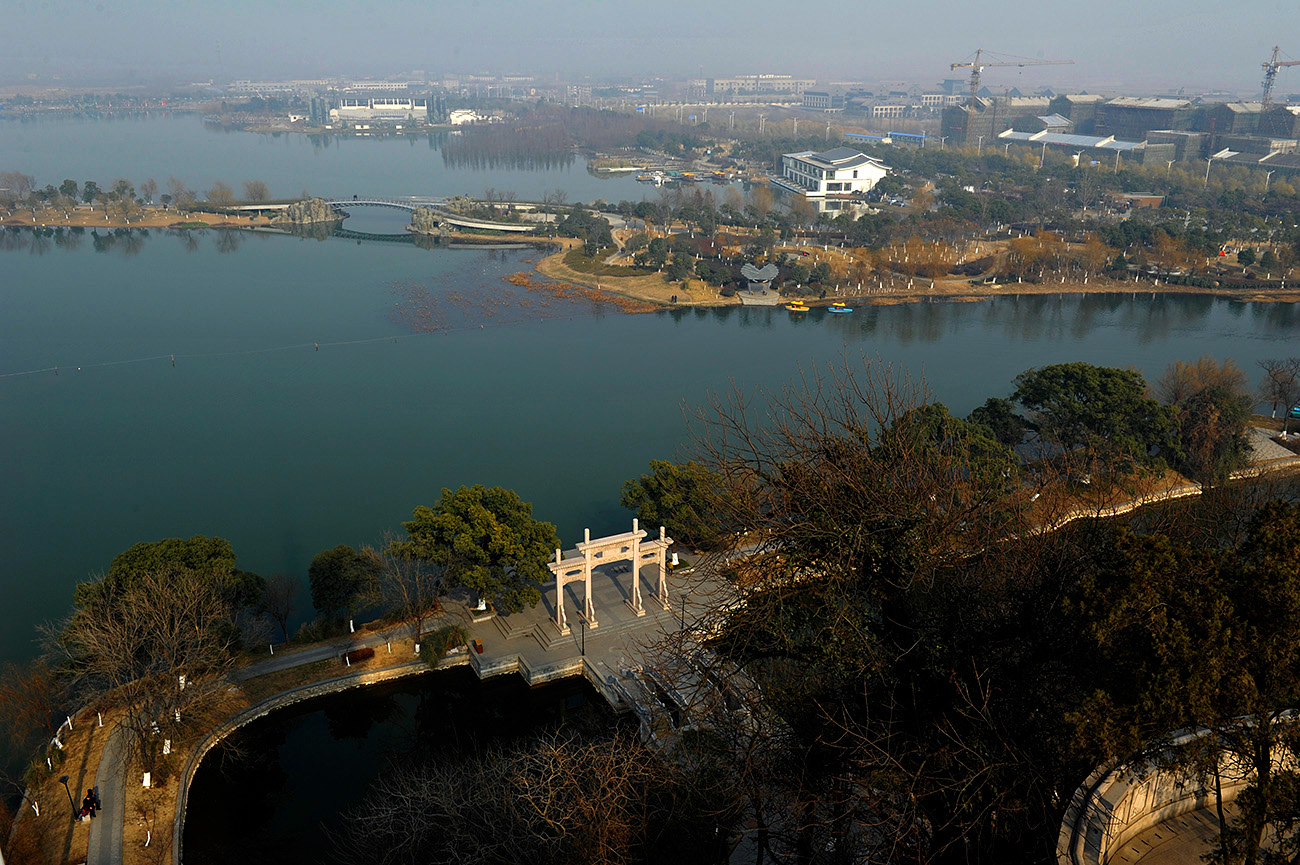
Jinshan Temple, Zhenjiang Attractions, Zhenjiang Travel GuideJinshan Temple locates
on the top of Jinshan Hill in the center of Jinshan Park. Jinshan Park is a national 4-A
tourist attraction and gains its fame mainly because of Jinshan Temple, which enjoys a
history of more than 1,600 years and has the most places of interests with beautiful
scenery as well as legends and stories. The most famous legend about Jinshan Temple
is the "Tale of White Snake". In the tale the white snake changed herself into a beautiful
girl, named Bai Suzhen, after thousands of years' asceticism and married a man Xu Xian.
A monk named Fahai tricked Xuxian to become a monk to separate the couple but
Xu Xian escaped from Jinshan Temple. Fahai then confined Baisuzhen under the Jinshan
Temple and caused a big fighting as "Water wraps Jinshan Temple". Now the story goes
on and spreads widely.
Jiao Shan
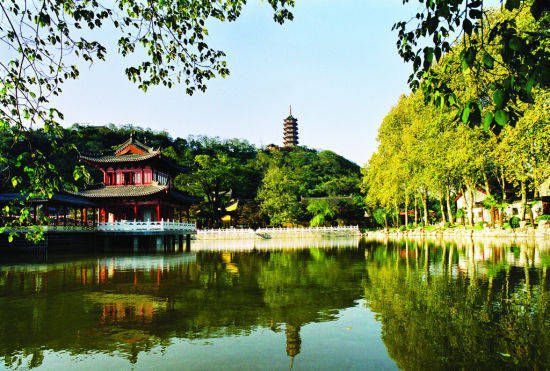
Jiao Shan, Zhenjiang Attractions, Zhenjiang Travel GuideJiaoshan Hill is located about
4.5 km northeast of Zhenjiang City in the middle of Yangtze River with its beautiful
greenery and is compared to a piece of floating jade hill, hence gains its another name
"Floating Jade Hill". Actually, this hill has gained many names in history such as Lion Hill,
Lion cave, Double Peak Hill and so on because of its looks and appearance. It was
originally named "Qiao Hill" after Qiao Guang, the famous hermit in Eastern Han Dynasty
who once lived in the hill. In order to memory this famous hermit, Emperor Zhenzong of
the Song renamed the hill as Jiao Hill.
Jiaoshan Hill enjoys its fame for the well-known sites there including Dinghui Temple,
Forest of Stone tablets, Cliff of Scripts, Emperor Qianlong's Xanadu and so on. Among
them the most famous are Dinghui Temple and Cliff of Scripts.
Mountain Mao

Mountain Mao, Zhenjiang Attractions, Zhenjiang Travel GuideMao Mountain is located
in the southeastern part of Gourong city, Jiangsu province. The Taoism has made it a
famous Taoism mountain in Chinese history. There are many Taoist Temples in this
mountain and the name of mountain is also linked with the Taoism. The legend goes
that in the reign of Emperor Jingdi of the Han dynasty (206BC-220 AD), there are three
brothers named Mao Ying, Mao Gu and Mao Zhong. They cultivated themselves at this
place and treated diseases for the people and they obtained the Tao and attained
immortality after that. The later generations renamed the mountain as Three Mao
Brothers Mountain in memory of them. Today, people also call it Mao Mountain as
a memorization of them.
Dinghui Temple
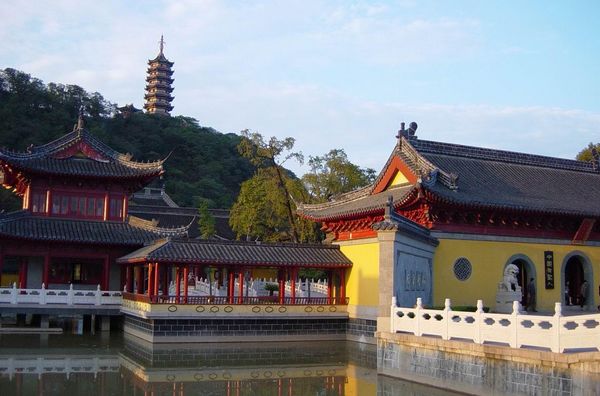
Dinghui Temple, Zhenjiang Attractions, Zhenjiang Travel GuideDinghui Temple,
first built in the Eastern Han Dynasty (25 - 220), is the largest of all the temples on
Jiaoshan Hill. It was originally named Puji Temple and was renamed as Puji Buddhist
Temple in the Song Dynasty and Jiaoshan Temple in the Yuan Dynasty. During the
Qing Dynasty (1644 - 1911), when Emperor Kangxi made a tour of this mountain, its
named was changed to Dinghui Temple, the one we used today. The temple lies on
the hill and is magnificent in scale. During the Ming Dynasty (1368 - 1644) when it
reached its golden ages, it has 98 halls, 3000 monks and 18 additional temples beside
it. The mountain gate of Dinghui Temple, simple and elegant, was open to the south.
A pair of stone lion dated from the Ming Dynasty guards the gate and a tablet written
with "Dinghui Temple in Jiaoshan" was hung above the gate.
- Address:No.10 Tanxiang Road
- Address: No.15,HuangShan Zhi Road
- Name:Ya Dong Park 亚东朴园Address:Linyin Road No.8
- Name:Yosemite 优山美地Address:The intersection of GuYang Road and YuShan North Road
